Vatican frees broker as details emerge of costly London deal
The Vatican has released from detention an Italian businessman accused of extortion and fraud in a London real estate venture that to date has cost the Vatican more than 350 million euros, most of it donations from the faithful
By
NICOLE WINFIELD Associated Press
June 15, 2020, 8:08 PM
4 min read
4 min read
ROME — The Vatican has released from detention an Italian businessman accused of extortion and fraud in a London real estate venture that to date has cost the Vatican more than 350 million euros (nearly $400 million), much of it donations from the faithful.
The Vatican said in a statement Monday that Gianluigi Torzi, who was jailed in the barracks of the Vatican gendarmes on June 6, was granted provisional release after he wrote a lengthy memorandum for prosecutors about his role in the deal.
Via his lawyers, Torzi has denied fleecing the Holy See and said the Vatican investigation is the fruit of a “gross misunderstanding.”
The scandal is the latest to embarrass the Holy See and draw attention to both its financial mismanagement and its criminal justice system, which has been faulted in the past by evaluators for the Council of Europe.
The problems date from 2014, when the Vatican entered into a real estate venture by investing over $200 million in a fund run by another Italian businessman, Raffaele Mincione. The deal gave the Holy See 45% of the luxury building at 60 Sloane Ave. in London’s Chelsea neighborhood.
The money came from the secretariat of state’s asset portfolio, which is funded in large part by the Peter’s Pence donations of Catholics around the world for the pope to use for charity and Vatican expenses.
One of Mincione’s companies had purchased the building in December 2012 for 129 million pounds, the Vatican said in a June 6 summary of the Vatican’s case against Torzi.
The Holy See decided in November 2018 to exit the fund, end its relationship with Mincione and buy out the remainder of the building. It did so after determining that the mortgage was too onerous and that Mincione was losing money for the Vatican in some of the fund’s other investments, according to the summary.
At that point, an official in the secretariat of state introduced the Vatican to Torzi, a broker who was considered necessary to negotiate the exit deal with Mincione and buy out the remaining shares of the building, Vatican News said.
According to the report, the deal called for the Vatican to pay Mincione another 40 million euros to gain ownership of the property. The Vatican then entered into a framework agreement with Torzi, shifting ownership of the property to his fund.
The report said the Vatican received 30,000 non-voting shares of the fund. It said the Vatican was unaware that Torzi then modified the fund to add another 1,000 voting shares that he controlled.
The basis of the prosecutors’ case against Torzi appears to be the allegation that he defrauded the Vatican by hoodwinking the Holy See about taking control of the property.
But the Nov. 22, 2018, share purchase agreement, signed by the Vatican’s Monsignor Alberto Perlasca, appears to undermine the prosecutors’ position. It contains explicit clauses giving Torzi operative and strategic power to manage and develop the property as the Vatican’s fiduciary, with reference to his 1,000 voting shares.
The Vatican said Torzi then demanded a fee of 15 million euros for his services to exit the deal. The Vatican paid the fee, given the contract Perlasca had signed.
All told, the Vatican said it had put some 350 million euros into the property.
Torzi remains the only person arrested in the investigation, which began a year ago. Six Vatican officials have been placed under investigation, but to date none has been charged.
The Council of Europe’s Moneyval evaluators have in past years faulted Vatican prosecutors for failing to bring any money laundering cases to trial. The Vatican was due for another periodic review by Moneyval this spring but the visit was postponed because of the coronavirus outbreak.
![]()


